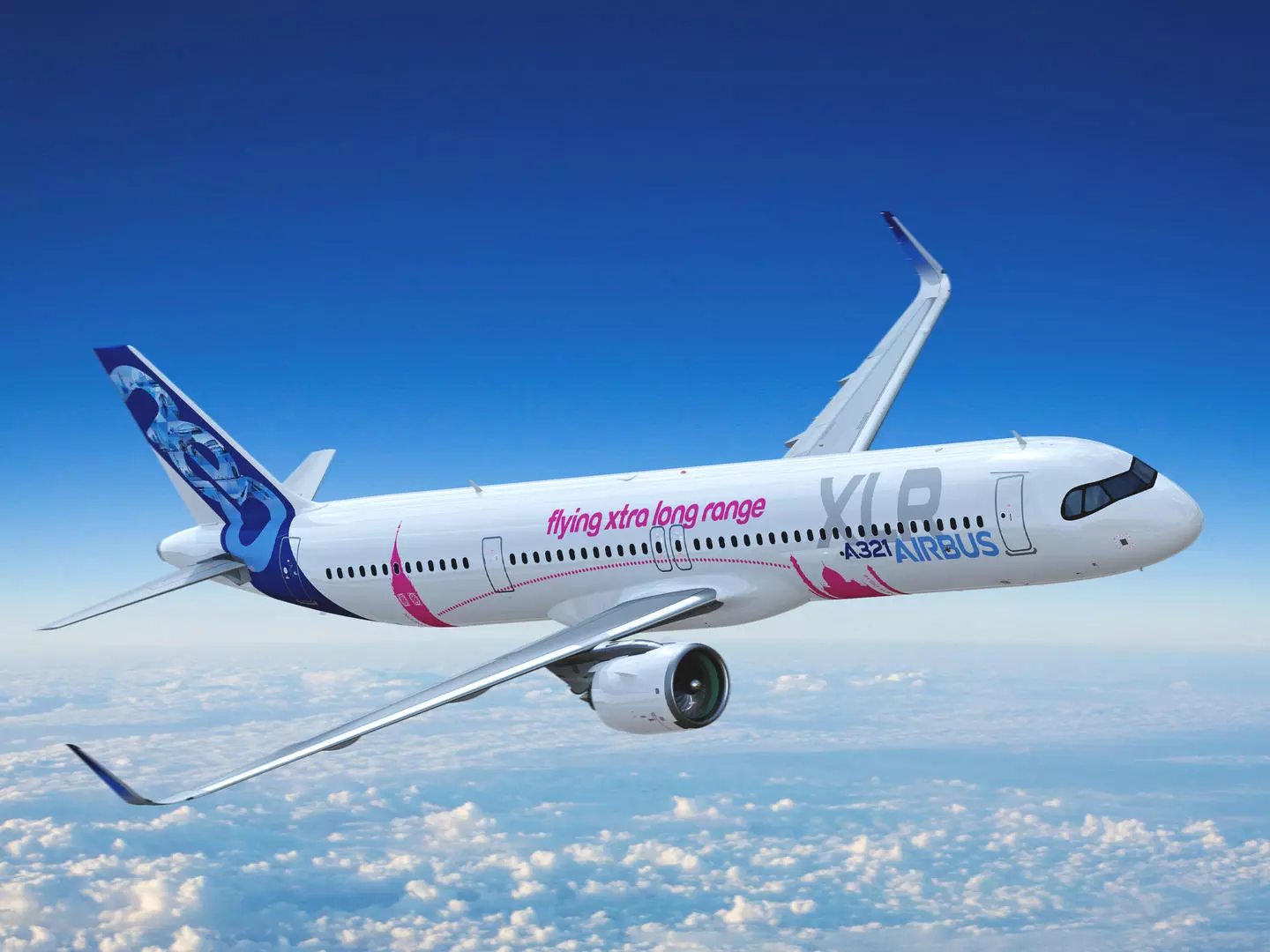Sub Lieutenant Zac Jenkins is looking forward to his return to Auckland on board HMNZS Canterbury on Friday, after nearly three months overseas.

27 August, 2025
The 23-year-old Waipukurau man initially worked as a butcher for three years after leaving Central Hawke’s Bay College, before joining the Royal New Zealand Navy (RNZN) in 2022.
“I have a history of family members serving in the Navy. My grandad was a Petty Officer Marine Technician, and all four great-grandfathers served in the Royal Navy and Merchant Marine during World War II.
“I joined because the Navy gave me an opportunity to continue the family tradition and see parts of the world I wouldn’t have otherwise.”
His latest deployment has taken him across the Pacific.
HMNZS Canterbury, the RNZN’s multi-role logistics vessel, played a key role for the New Zealand Defence Force in Exercise Talisman Sabre in Australia, transporting troops, vehicles, equipment and helicopters between Wellington, and Townsville and Gladstone.
The ship has also been to Noumea for a port visit and Suva where it unloaded two of the Navy’s new uncrewed surface vessels to assist with Fijian Navy-led border protection activities. The crew also supported the South West Pacific Maritime Heads Forum hosted in Fiji.

HMNZS Canterbury, the Royal New Zealand Navy’s multi-role logistics vessel, enters Wellington Harbour
As a warfare officer on board HMNZS Canterbury, Sub Lieutenant Jenkins has used the time well, ticking off a variety of endorsements and qualifications and earning a promotion from Ensign.
“There are high expectations to be met with my work, so I am constantly aiming to meet these expectations to develop myself professionally,” he says.
“This deployment will set me up well for my future in the Navy.”
Sub Lieutenant Jenkins has previously served aboard HMNZS Taupo and HMNZS Matataua, the RNZN’s dive unit, using his warfare officer skills to remotely operate the Navy’s uncrewed surface vessels Rua and Tahi.
During his latest stint at sea, visited New Caledonia and North Queensland for the first time.
“It was a privilege to visit Noumea, as my grandfather was posted there during World War II. It makes me proud to be continuing a family tradition that spans over half a century.”
Sub Lieutenant Jenkins’ advice to those looking at the Navy as a career is to be prepared to be away from home at short notice.
“It’s been a long time away from home and my partner, and the longest I have been away from home while in the Royal New Zealand Navy,” he says.
“There are a lot of moving parts in the Defence Force, and a lot of cool opportunities to do things you wouldn’t normally do in civilian jobs. It takes a while to adapt to the lifestyle but the rewards are huge.”
from WordPress
via IFTTT














 +7
+7
